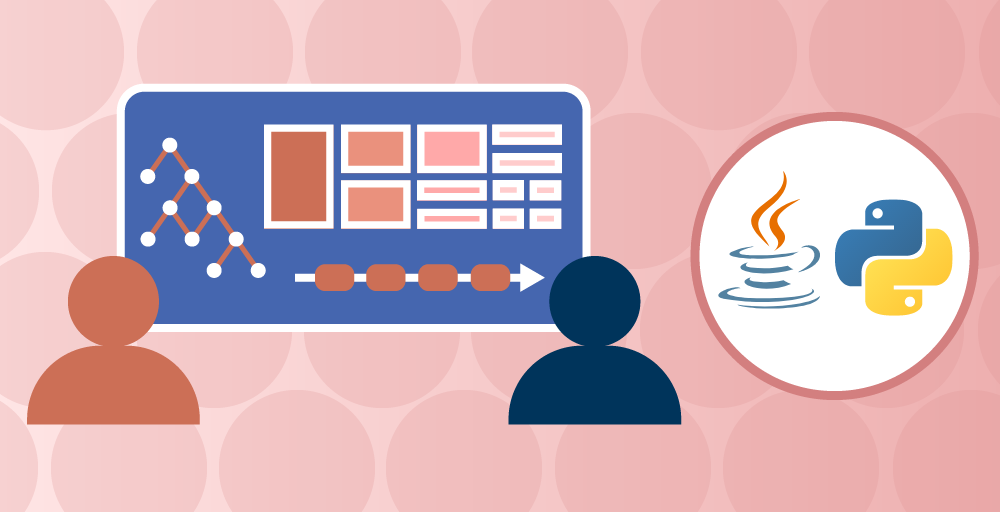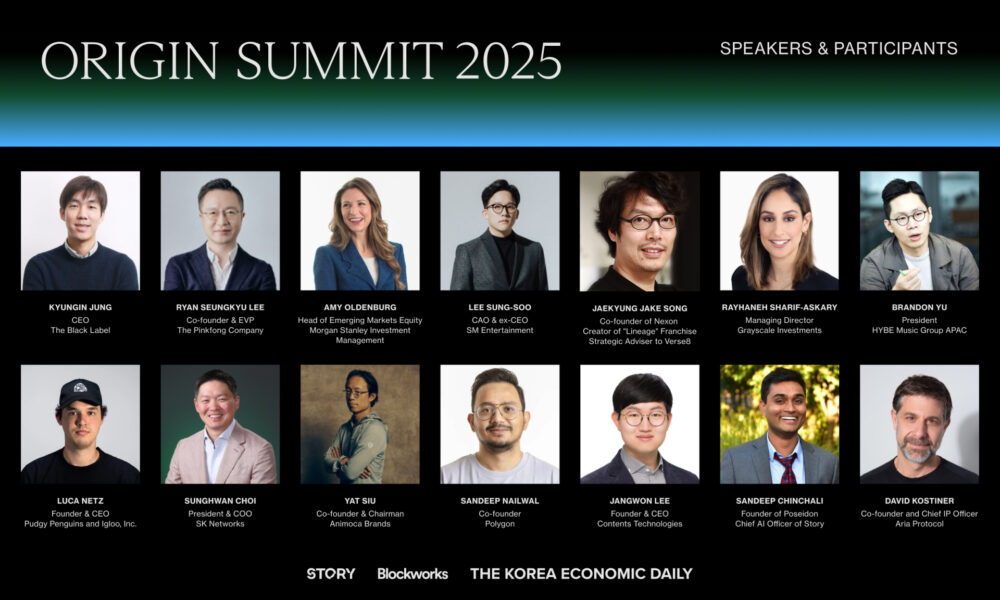Getting ready to attend a coding interview? Your sentiment is understandable, as we know that the whole process can get quite a bit overwhelming. With hundreds of algorithmic concepts out there, where do you even start, right?
But there’s some good news: you don’t need to know everything about the coding world. Generally speaking, most of the top tech interviews revolve around a predictable set of algorithmic patterns, involving test problem-solving, optimization, and critical thinking.
To make your preparation easier, here’s a breakdown of the top 10 must-know algorithms, with practical explanations, time complexities, and beginner-friendly tips.
Pro tip: For hands-on and interactive practice, AlgoCademy offers guided tutorials, real-time AI feedback, and multi-language support. This will help you ideal master the essential coding algorithms through doing, not just reading.
1. Binary Search
What it does: Binary Search efficiently finds an element in a sorted array by repeatedly dividing the search interval.
Time complexity: O(log n)
Practical use: Database indexing, auto-complete suggestions, and the need for fast look-up in sorted data.
Tip: Always verify if the input is sorted.
2. Merge Sort
What it does: Merge Sort is a divide-and-conquer algorithm that sorts arrays by splitting, sorting, and merging subarrays.
Time complexity: O(n log n)
Practical use: Mostly used to build stability in sorting, such as in online ticket booking systems.
Tip: Acquire an in-depth understanding of the merge process, as many interview questions are often seen reusing this pattern.
3. Quick Sort
What it does: Quick Sort picks a pivot, partitions the array, and recursively sorts the subarrays.
Time complexity: O(n log n) Average, O(n²) Worst.
Practical use: Used to sort in-memory, real-time systems.
Tip: Use both Lomuto and Hoare partition schemes to understand different data/performance sizes.
4. Dijkstra’s Algorithm
How it works: Finds the shortest known distance from a source node to all others in a graph with non-negative weights.
Time complexity: O((V + E) log V) with a priority queue
Practical use: GPS navigation (e.g., Google Maps), network packet routing, and logistics.
Tip: Try graph representations using adjacency lists to avoid TLE (Time Limit Exceeded) errors.
5. Depth-First Search (DFS)
What it does: DFS is a go-to approach for recursive exploration, where it goes as far as possible along one branch before backtracking.
Time complexity: O(V + E)
Practical use: Solving puzzles (like Sudoku), maze generation/solving.
Tip: Implement it when solving problems like word search, connected components, or island counting.
6. Breadth-First Search (BFS)
How it works: BFS expands all neighbors of a node before moving deeper. Best used to find the minimum steps or shortest paths in unweighted graphs.
Time complexity: O(V + E)
Practical use: Friend recommendations in social media apps or bot crawling in search engines.
Tip: Use unweighted graphs or grids to solve shortest path problems.
7. Kadane’s Algorithm
What it does: It’s a dynamic approach that quantifies the current and maximum subarray sums ending at each position in linear time.
Time complexity: O(n)
Practical use: Used for financial data analysis in stock price analysis, anomaly detection in signals, and gaming leaderboards.
Tip: Understand both positive and negative number scenarios.
8. Sliding Window
How it works: Sliding Window optimizes brute-force solutions that “slide” over a data structure to reduce nested loops.
Time complexity: O(n) in most cases
Practical use: Streaming data processing, real-time analytics (e.g., rolling averages), and substring problems.
Tip: Get an in-depth understanding of the most classic problems, like the longest substring without repeating characters. Best to learn efficient handling of a shrinking and expanding window.
9. Dynamic Programming (DP)
What it does: Efficiently solves problems by breaking them into subproblems and caching solutions to avoid redundant calculations or recomputation.
Time complexity: Varies depending on the probelsm, often O(n), O(n²), or O(n·k)
Practical use: Route optimization, text prediction, speech recognition, spell checking, and predictive text input.
Tip: Gain mastery over base cases and recurrence. Try solving problems like climbing stairs or the 0/1 knapsack.
10. Union-Find (Disjoint Set)
What is it: Union-Find is a data structure that uses “find ()” and “union()” operations for grouping elements into disjoint sets and tracking connected components.
Time complexity: Near constant: O(α(n)), where α is the inverse Ackermann function.
Practical use: Network connectivity checks, Kruskal’s Minimum Spanning Tree (MST) algorithm, and social network grouping.
Tip: Use with and without optimizations to understand the performance gains.
Step-by-step framework for effective practice
Now that you know where to focus your efforts, here’s a step-by-step framework to practice and gain mastery in coding algorithms:
- Always start small with selectively chosen 1-2 problems per topic. You need to understand the “why,” not just the code.
- Leverage AI-guided platforms like AlgoCademy that interactively explain concepts to help debug in real-time, and also provide code explanations in Python, Java, and more.
- Repeat with variants till you become confident in them, then proceed to solve medium-to-hard problems that extend the basic version.
- Attempt mock interviews that simulate tech interview conditions, or use AlgoCademy’s “Interview Mode” to mimic pressure and timing.
- Reflect and document your learning and experience in a solution journal because understanding “why” a solution failed is just as valuable as solving it.
Common mistakes to avoid
Coding algorithms can be somewhat difficult for beginners to get the hang of. However, there are a few things you must avoid doing:
- Do not memorise solutions unless you understand them, or you’ll end up freezing on new variations.
- Overcomplicating solutions can be a habit. Many problems have elegant O(n) or O(log n) solutions.
- When explaining your reasoning for a solution, never skip time complexity. Interviewers care about efficiency as much as the correctness of the solutions.
- Use edge cases to test with empty arrays, one-element inputs, and negative values.
Wrapping up
Gaining mastery over these 10 algorithms will not only prepare you for any tech interviews but also refine your overall coding fluency, making you a faster problem solver and a more confident developer.
In this field, every problem is an opportunity to build intuition. And the more patterns you can recognize, the less intimidating coding interviews will become.












